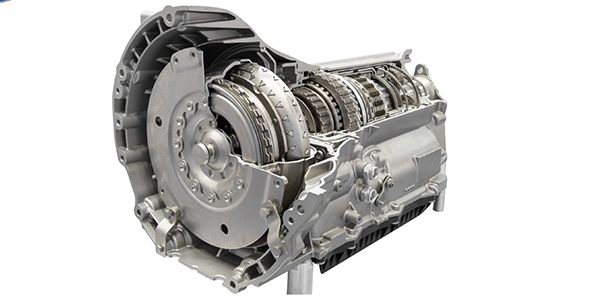The oil pressure drops, the red oil indicator light flicks on or the oil gauge drops to zero. You stop your car and check under the hood: your oil filter looks like it has burst. Understandably, you think the filter has failed. You send it back to the manufacturer. He denies any responsibility. You’re upset, of course. If the filter didn’t fail, what did happen?
Oil system lubrication problems are usually invisible. After they occur, a burst or deformed oil filter is often the only “evidence” you have. Yet it’s misleading. Just as a blown fuse is not the cause of an electrical failure, a burst oil filter isn’t the cause of excessive system pressure. Rather, it is the result of a faulty regulating valve located in the engine.
There are two ways that the valve fails to operate correctly: either it sticks in the closed position, or it is slow to move to the open position after the engine has started. Unfortunately, a stuck valve can free itself after filter failure, leaving no evidence of any malfunction.
Oil pressure builds up equally on all components. If the regulating valve remains stuck, the pressure will increase dramatically. Normal pressure plus 100 psi causes filter deformation. On most automobiles, the regulating valve maintains an oil system pressure of 40 to 60 psi. If the regulating valve remains stuck, the gasket between the filter and the base can blow out, or the filter seam will split open. The system will then lose all its oil and pose significant risk to the engine. If you continue to run the engine without oil, considerable damage will occur.
Here’s a couple tips to minimize the risk of an over pressurized system.
1. Change the oil and filter according to the engine manufacturer’s instructions for frequency, viscosity, and type.
And 2. Warm the engine on cold mornings before starting to drive to allow oil to flow properly.
And if you think your oil pressure is too high, check it manually with an oil pressure tester. If it’s over specification, it may be an indication that the regulating valve needs replaced.
This video is sponsored by FRAM.













